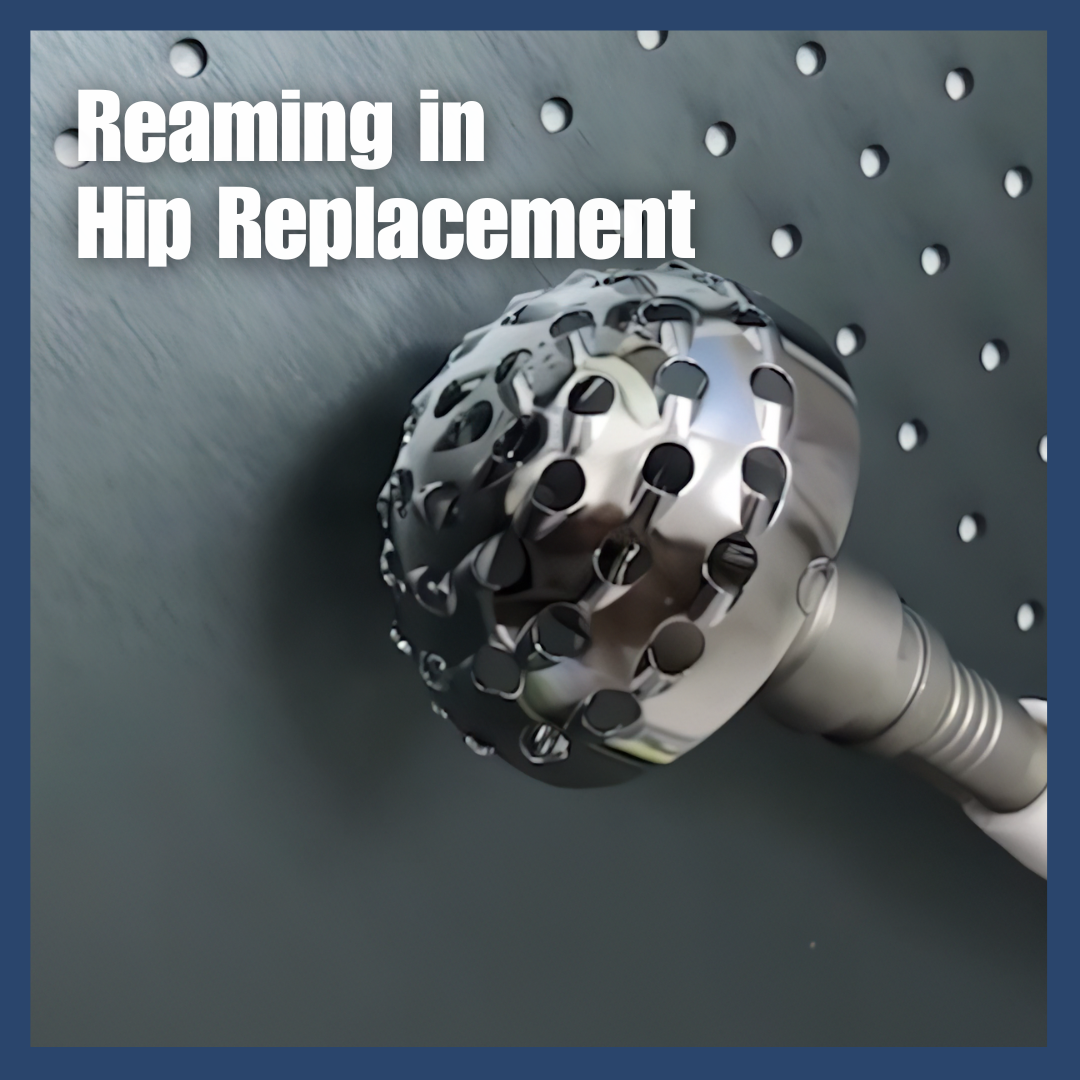3 Common Causes of Knee Pain in Women
Knee pain is a common problem in women and occurs more frequently with age. Studies in women age 50 and older, have showed that nearly two-thirds have some type of knee pain, ranging from intermittent aches to chronic progressive pain and disability.
Even active women and female athletes frequently experience knee pain with aging. While there are a number of pain-producing knee conditions, (3) of the most common causes include:
- Patellofemoral Pain
- Chronic Degenerative Meniscal Tears
- Early Osteoarthritis.
Patellofemoral Pain Syndrome
Dull, aching pain at the front of the knee that becomes worse when climbing stairs, bending down, or squatting, could represent Patellofemoral Pain Syndrome, sometimes called runner's or jumper's knee.
The pain is caused by swelling and irritation of structures at the front of the knee, including ligaments and tendons that help to stabilize the kneecap. In addition to a dull ache, pain may become sharper or worse when standing up after sitting for a period of time. Popping or cracking noise in the knee joints with movement may also occur. Patellofemoral pain syndrome occurs for many reasons including changes in leg strength and flexibility and even simple joint wear and tear over time.
How to treat Patellofemoral Pain
If experiencing anterior knee pain, initially try modifying physical activities for a couple of weeks to see if the knee pain improves.
If the pain persists, consider seeing a qualified doctor. Physical therapy, home exercises and oral medications can all be a part of a care plan to improve Patellofemoral pain. If more conservative treatment options do not help the pain, joint injections may be recommended.
The Pros and Cons of Joint Injections
If experiencing pain that makes it difficult to start physical therapy to address the knee problem, your doctor might recommend getting an injection of cortisone to lessen the pain. This common first-line joint injection can function to temporarily relieve pain and swelling. It is not intended as a long-term fix. Cortisone shots can put patients on the path to healing, and should be used judiciously when appropriate for patellofemoral knee pain.
Chronic degenerative meniscal tear
Swelling, joint pain, and a sensation that the knee is sticking or locking, may be an indication of a chronic degenerative meniscus tear.
The meniscus is a rubbery cartilage structure in the knee that functions as a shock-absorber for the joint. Each knee has two menisci that can be damaged or torn during an injury. Overtime, the meniscus tissue can become frayed and worn and can result in further breakdown of the tissue. Damaged meniscus tissue with frayed, ragged edges or loose remnants can become stuck in the moving joint, causing a locking-knee sensation. If this occurs or if you become unable to bear weight on a joint, contact your doctor.
How to Treat Degenerative Meniscal Tears
Nonsurgical and minimally-invasive, arthroscopic surgical treatments may be required to repair degenerative meniscus tears. Physical therapy is always a part of a complete treatment plan. Anti-inflammatory medication, such as ibuprofen (Advil, Motrin) or naproxen (Aleve), can provide some pain relief in the short term, but will not fix or heal the damaged meniscus tissue.
Can You Prevent Knee Problems?
Not all knee problems are avoidable, but you can lower the risk of joint problems by participating in regular strength training. To protect the knees, it is important to maintain a strong core and legs. Resistance workouts performed two to three times per week should focus on strength and flexibility.
Early Osteoarthritis
Stiffness, pain, and swelling in joints that is worse in the morning or after being inactive for a period of time, may be related to early osteoarthritis. Osteoarthritis most often affects people over 50 years old, but it can also be symptomatic in younger individuals.
Osteoarthritis affects more than 27 million Americans over age 25, according to the American College of Rheumatology. Early onset knee osteoarthritis results from wear and tear of the cartilage in the knee. Previous joint injury is a relevant risk factor for the development of early arthritis changes (i.e. youth or young adult joint ligament or meniscus injuries)
Injuries are known to accelerate the development of osteoarthritis – sometimes referred to as post-traumatic osteoarthritis. Pain, swelling, and stiffness associated with osteoarthritis can affect any joint but is most common in the knees and occurs when the knee cartilage wears down - resulting in pain. Joint osteoarthritis symptoms typically get worse over time as the knee cartilage surface further deteriorates.
How to Treat Early Knee Osteoarthritis
The recommended treatment for knee osteoarthritis often depends on many factors including age, severity, and concurrent medical problems. The only definitive treatment for knee osteoarthritis is knee replacement. The goal in most cases is to first attempt less invasive, nonsurgical options and avoid surgical intervention as long as possible. As surgical techniques and artificial joint implants improve, the patient population seeking partial and total knee replacements is becoming younger.
Even with nonsurgical treatment plans for knee osteoarthritis, physical therapy plays an important role. Are you experiencing persistent knee pain or have you failed to find joint pain relief? Contact our office to discuss a full range of advanced joint pain treatment options.




.png)
.png)


